What is Copper?
Copper is a reddish-brown, malleable and ductile metallic element. It is an excellent conductor of heat and electricity.
Element properties
Atomic number: 29
Atomic weight: 63.546
Melting point: 1,981 °F (1,083 °C)
Boiling point: 2,567 °C (4,653 °F)
Density: 8.96 at 20 °C (68 °F)
Valencia: 1, 2
Electronic configuration: 2-8-18-1 or (Ar) 3d104s1
Copper in Water.
It is generally found in the earth’s crust as oxides, sulfides and rarely in its metallic state. As a consequence of the contact of water with the earth’s crust, we can find salts of this metal dissolved in surface water and in groundwater due to industrial activity, usually in concentrations of less than 20 µg/L. However, higher concentrations can be found at points of water use as a result of corrosion of brass and copper pipes.
Health Effects.
Copper is not considered a systemic cumulative poison. Oral doses up to 100 mg cause symptoms of gastroenteritis and nausea. Copper poisoning in water can be avoided because its taste makes it easy to identify. There is little information about the chronic toxicity of this element. Only people with Wilson’s disease are at risk of the toxic effects of this metal due to a disorder in their metabolism that does not allow them to synthesize it.
It is considered an essential element in human nutrition because it is involved in many enzymatic reactions. It is recommended a consumption of 2 mg / day, this dose can be obtained in foods such as crustaceans, legumes, nuts and cocoa.
Copper is well known for its antibacterial and anti-inflammatory properties. In fact, recent studies have shown that storing water in a copper container can decrease the risk of bacterial contamination in water, including combating E. coli and S.aureus. These bacteria are commonly found in our environment and are known to cause serious diseases. It is also essential for healthy thyroid function and people with thyroid problems often experience low copper levels.
Biological role of copper
Copper is an essential element. An adult needs about 1.2 to 2 mg per day to support energy-transporting enzymes in the cells.
Genetic diseases such as Wilson’s disease and Menkes disease can affect the body’s ability to use copper properly.
Unlike mammals, which use iron (in hemoglobin) to transport oxygen throughout the body, some crustaceans use copper complexes.
How is copper removed from water?
There are no methods that remove 100% of the copper in water. Some accepted technologies are the following:
- Coagulation / Filtration (60 to 95% removal).
- Ion Exchange (Removal up to 95%).
- Lime softening (90% to 96% removal).
- Reverse Osmosis (Removal of 90% to 99%) (DeZuane, 1997).
It can be removed from drinking water by a variety of water treatment solutions, such as ion exchange systems, distillation and reverse osmosis. Ion exchange equipment operates on contact with resins or minerals. This process is carried out in contact tanks for industrial equipment or with cartridge filters that can become part of the household water intake system. These filters must be replaced periodically to maintain their effectiveness.
Reverse osmosis and nanofiltration systems work by passing water through a semi-permeable membrane that allows water to flow, but blocks the passage of copper. In commercial and industrial applications, reverse osmosis systems are often the best choice as they range from medium size, are cost effective and capable of generating 100 gallons or more per day.
The result of reverse osmosis or NF is ultrapure water, free of harmful contaminants such as bacteria, viruses, microorganisms and minerals such as copper.
Distillation effectively removes dissolved solids from water by means of a distillation system. Although distillation systems have been shown to be very effective in locating and removing high concentrations of copper, they are more expensive than reverse osmosis systems due to the electricity required to boil water.
History of copper
In the past, copper was the first metal to be processed by humans. It was discovered that it could be hardened with a little tin to form a copper alloy, hence the name Bronze Age.
It is traditionally one of the metals used to make coins along with silver and gold. However, it is the most common of the three and therefore has the lowest value. Today, all U.S. coins have alloys of copper. Most of this metal is used in electrical equipment such as conductors and motors. This is because it conducts heat and electricity very well and can be used in cables. It is also used in construction (e.g. roofing and plumbing) and industrial machinery (e.g. heat exchangers).
Copper sulfate is widely used as an agricultural additive and as an algaecide in water purification.
Copper compounds, such as Fehling’s solution, are used in chemical tests to detect sugars.
Use and its nature.
Copper is present in many places as the main mineral in basaltic lava and can also be reduced from copper compounds such as sulfides, arsenides, chlorides and carbonates. Copper occurs in bands in various minerals, such as chalcocite, chalcopyrite, bornite, chalcopyrite, malachite and azurite. It is found in algal ash, many marine corals, human livers, many krill and arthropods.
The oxygen-carrying function of copper in the hemocyanin of green-blooded mollusks and crustaceans is similar to that of iron in the hemoglobin of red-blooded animals. Copper, present in the human body as a trace element, helps catalyze the formation of hemoglobin. The porphyry copper mines in the Chilean Andes are the largest known mines. At the beginning of the 21st century, Chile became the world’s leading producer. Peru, China and the United States are other major producers.
Sources:
https://www.britannica.com/science/copper
https://www.rsc.org/periodic-table/element/29/copper
Share:
If you need more information, please contact us.
Some products that may interest you
-
RoClean L211 cleaning of membranes with organic matter fouling
Add to quote -
RoQuest 3000 Organic Liquid Coagulant from Avista
Add to quote -
Titan Antifouling for Reverse Osmosis Membranes
Select options -
RoClean P112 Membrane Cleaner for Silica SiO2
Add to quote -
RoClean P303 Calcium Carbonate & Metal Scale Cleaner
Add to quote -
RoClean P111 Biofouling RO Membrane Cleaner
Add to quote -
RoClean L403 Calcium Carbonate and Metal Scale Cleaner by Avista
Add to quote -
RoQuest 4000 Liquid Coagulant for Organic Matter Avista
Add to quote

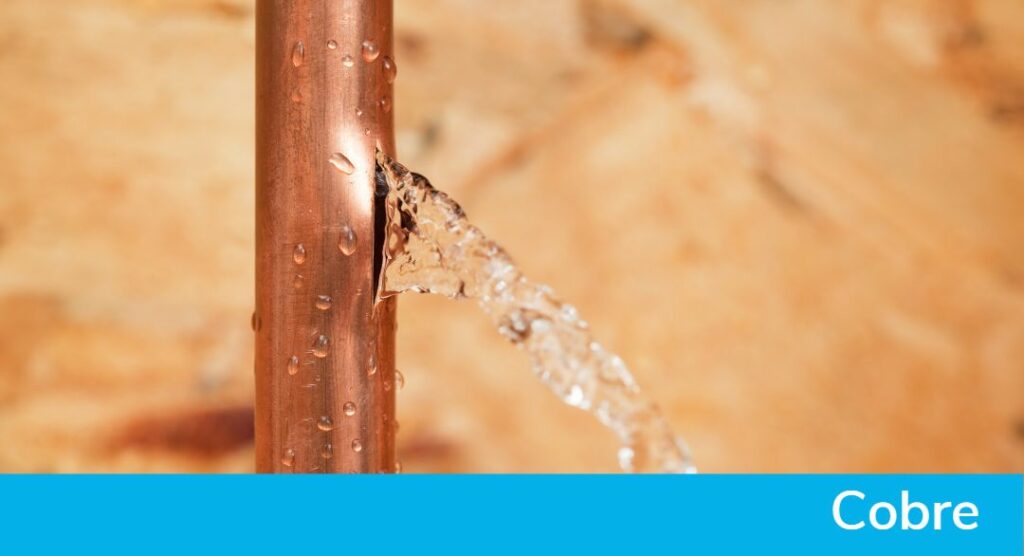
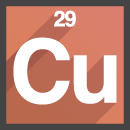

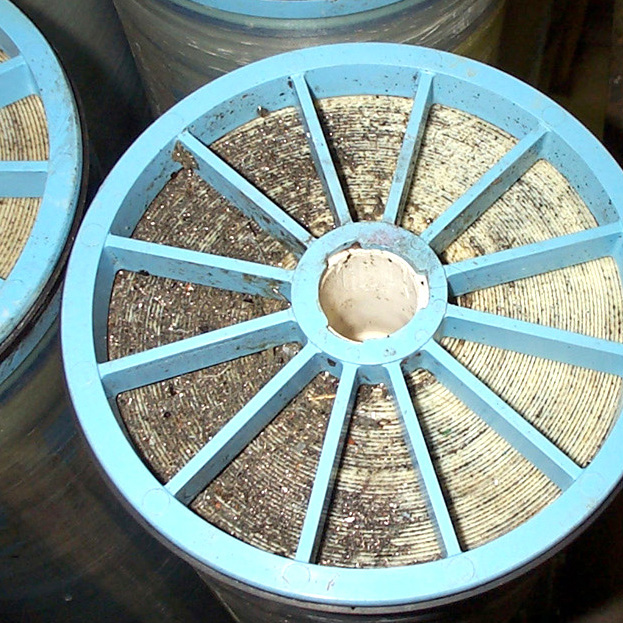

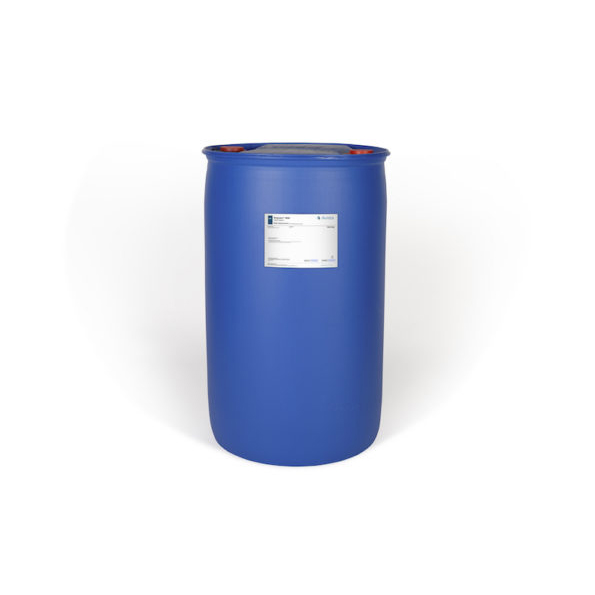

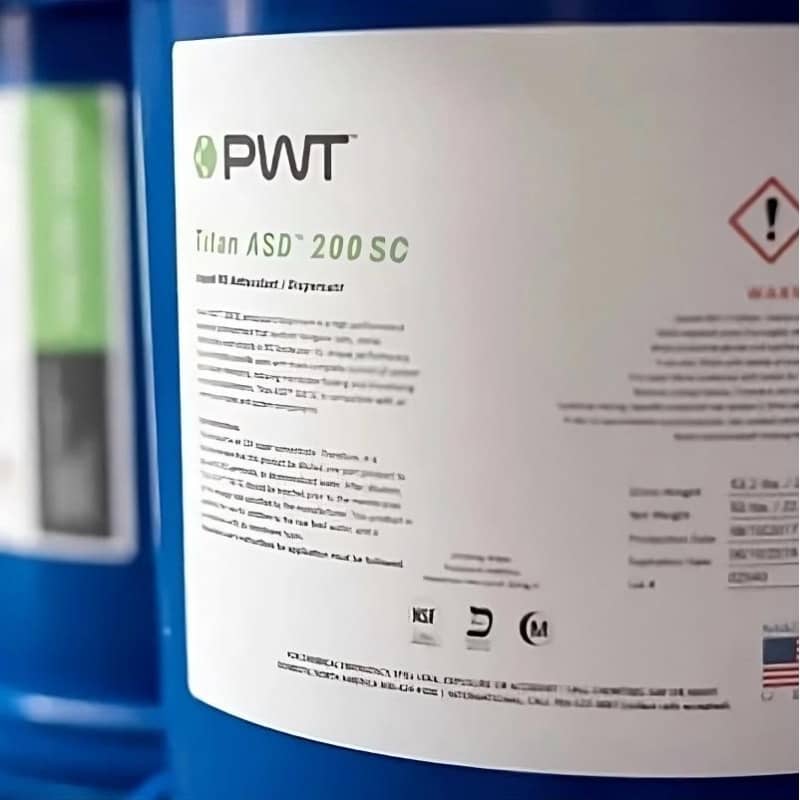

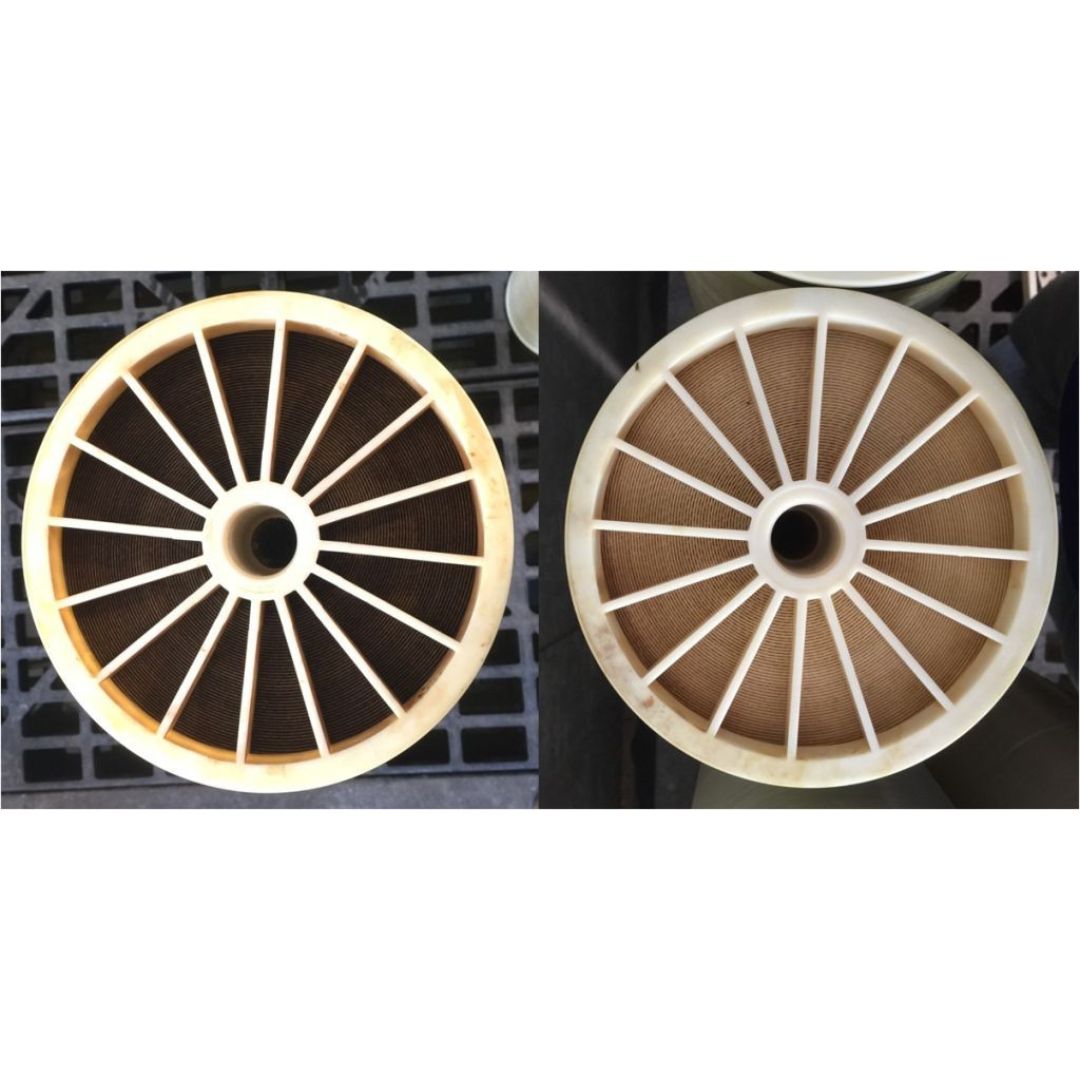

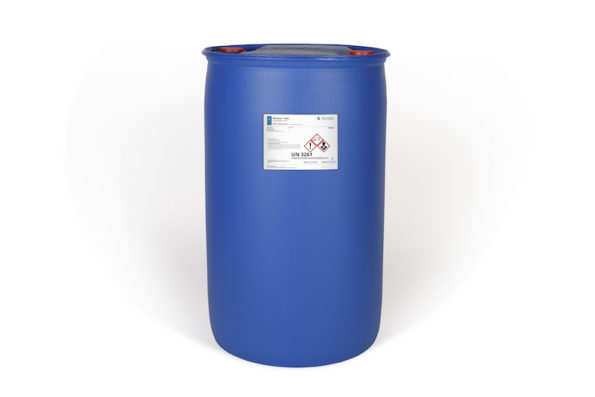

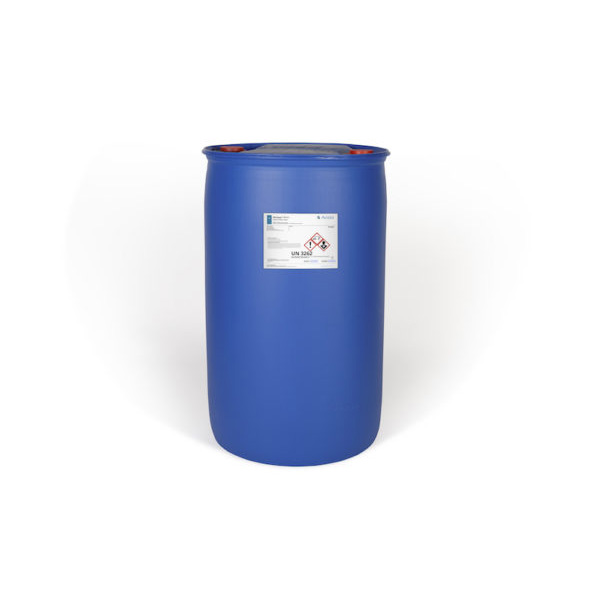

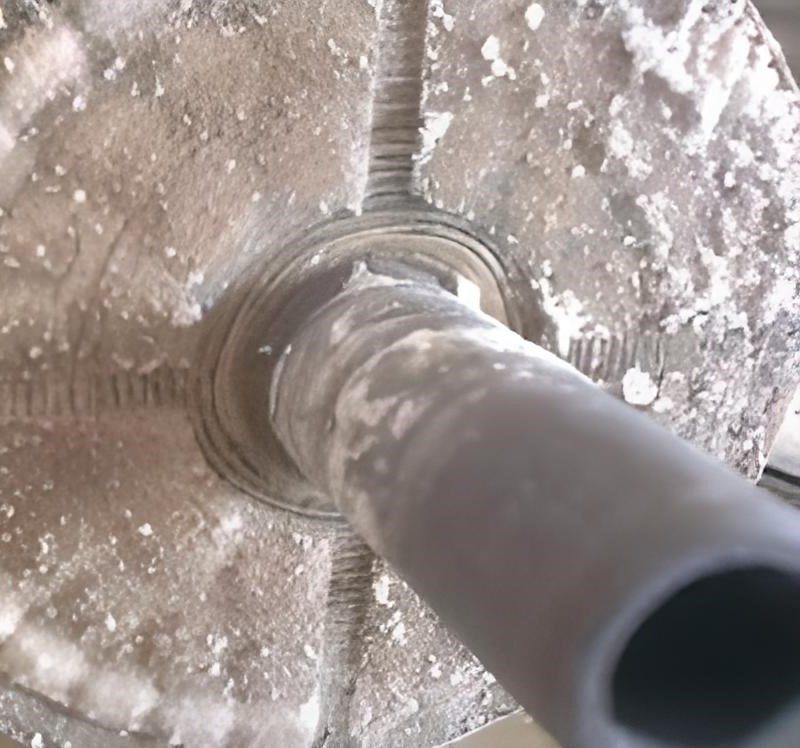




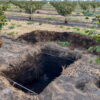




Your posts are always a highlight. This one is a perfect blend of depth, clarity, and engagement.